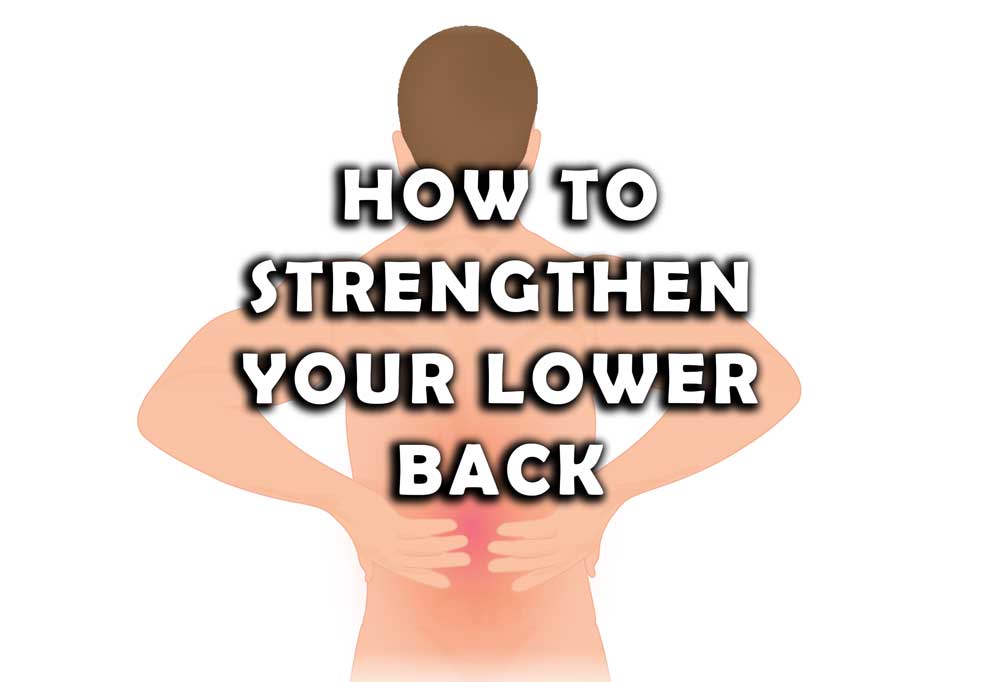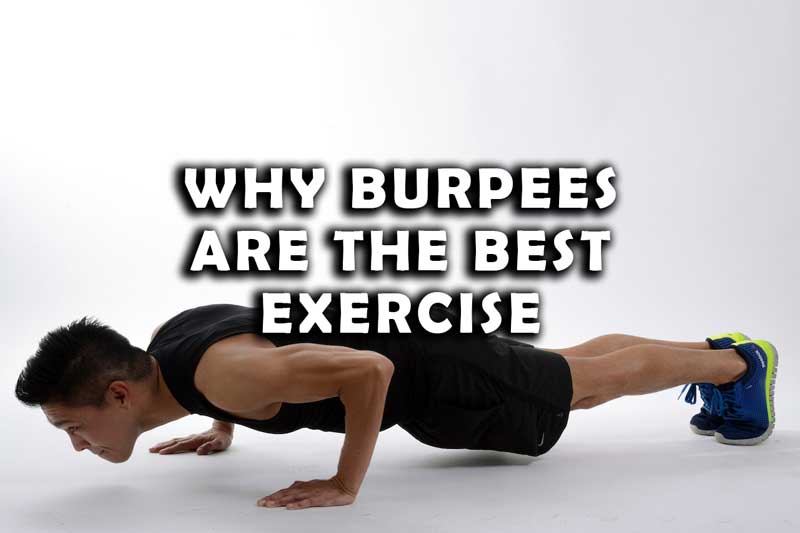Introduction
In today’s fast-paced world, maintaining a healthy lifestyle has become a top priority for many individuals. Regular physical activity, coupled with a balanced diet, is essential for weight management and overall well-being. One popular form of exercise that offers numerous benefits, including weight loss, is cycling. Cycling can help you lose weight very effectively and fastly, if you do it with descipline and with required intensity.
Have you ever seen those cyclists and wonder how they have really great physic, and not just a thin body but a body with good muscles. This article will delve into the various ways in which cycling can help you shed those extra pounds and achieve your fitness goals.
The Caloric Burn of Cycling
Cycling is an excellent form of aerobic exercise that can significantly contribute to weight loss. The number of calories burned during a cycling session depends on various factors such as intensity, duration, and body weight.
On average, a person weighing 155 pounds can burn approximately 298 calories by cycling at a moderate pace for 30 minutes. By increasing the intensity or duration of your cycling workouts, you can burn even more calories and create a calorie deficit necessary for weight loss.
High intensity cycling can burn fat even after 1-2 hours of doing it.
Building Lean Muscle Mass
One of the key benefits of cycling is its ability to build and tone muscles, especially in the lower body. The continuous pedaling motion engages muscles in the legs, hips, and glutes, leading to improved strength and endurance.
As you build lean muscle mass, your body becomes more efficient at burning calories, even at rest. This increased muscle mass contributes to a higher metabolic rate, which aids in weight loss.
You won’t need to train your legs and abs separately if you are cycling a lot. It will help you tone up and build good noticeable leg muscles. Now, you can concentrate on your other muscle groups for muscle gain, if that’s your goal.
Increased Metabolism
Regular cycling not only burns calories during the activity but also boosts your metabolism for hours afterward. This post-workout metabolic boost, known as excess post-exercise oxygen consumption (EPOC), helps your body continue to burn calories at an elevated rate.
By incorporating cycling into your fitness routine, you can enjoy the benefits of an increased metabolic rate, which contributes to weight loss in the long run.
Low-Impact Exercise
Unlike some high-impact exercises like running or jogging, cycling is a low-impact activity that puts less stress on your joints. This makes it an ideal choice for individuals who may have joint issues or are overweight.
Cycling allows you to engage in a full-body workout without subjecting your joints to excessive strain, reducing the risk of injury and making it a sustainable exercise option for weight loss.
Enhanced Cardiovascular Health
Cycling is a fantastic cardiovascular exercise that helps strengthen your heart and improve overall cardiovascular health. Regular cycling sessions can lower your resting heart rate, decrease blood pressure, and improve blood circulation. By keeping your cardiovascular system in good shape, you can enhance your body’s ability to burn calories efficiently, contributing to weight loss.
Stress Reduction and Mental Well-being
Exercise, including cycling, has been shown to have significant mental health benefits. Engaging in regular physical activity releases endorphins, the “feel-good” hormones, which can reduce stress, anxiety, and depression. Cycling provides an opportunity to enjoy nature, breathe in fresh air, and clear your mind, promoting a sense of well-being. When you’re in a positive mental state, it becomes easier to maintain a healthy lifestyle and make better choices regarding your diet and exercise routine.
A Fun and Versatile Workout
Cycling offers a fun and versatile workout experience. Whether you prefer road cycling, mountain biking, or indoor cycling classes, there are options to suit every preference and fitness level. You can explore new routes, challenge yourself with different terrains, or join group rides to make your cycling journey more enjoyable and socially engaging. The versatility of cycling makes it easier to stick to your exercise routine and stay motivated on your weight loss journey.
Incorporating Cycling into Your Routine
Now, to reap the weight loss benefits of cycling, the first important step is to incorporate it into your daily routine.
1st – 2nd Week
For the first week and so, it is better to go slow if you have no prior routine of cycling. This is because if you start intensely in the first days itself, it will make your muscles that you are engaging too sore to continue effectively.
For the first day try to do it for 30-40 minutes and not more than that. You can do more if you are a regular cycler. Continue and push yourself to do cycling for the rest of the days (5-6 days of the week) in spite of sore muscles, coz you are going to get sore muscles. Do it for 2 weeks if you are feeling sore. If you are fine in the first week, increase it from the 2nd week.
2nd Week and so on..
Aim for at least 150 minutes of moderate-intensity cycling or 75 minutes of vigorous cycling per week, as recommended by health experts.
You can divide this time into several sessions throughout the week or opt for longer rides on weekends.
Choose a consistent schedule that works for you and gradually increase the intensity and duration of your rides to continue challenging your body.
Increase the intensity at which you paddle and increase the resistance if you can to make it more challenging as you move forward in later weeks. Instead of increasing cycling time it is better to increase the intensity. This will help you lose weight faster with cycling.
You should also check out:
How I Lost 10 kgs in One Month
Safety Precautions for Cycling

While cycling is a safe activity for most individuals, it’s crucial to prioritize safety and take necessary precautions.
Always wear a properly fitted helmet and high-visibility clothing to enhance your visibility on the road.
Obey traffic rules, use hand signals to communicate your intentions, and be aware of your surroundings.
Regularly inspect your bike for any maintenance issues, and ensure proper lighting and reflectors for riding in low-light conditions.
By prioritizing safety, you can enjoy your cycling workouts without unnecessary risks.
Setting Realistic Weight Loss Goals
When embarking on a weight loss journey, it’s important to set realistic and achievable goals.
While cycling can contribute to weight loss, it’s essential to understand that it’s just one piece of the puzzle.
Focus on creating a calorie deficit through a combination of regular physical activity, including cycling, and a healthy, balanced diet.
Set specific, measurable, attainable, relevant, and time-bound (SMART) goals that take into account your current weight, lifestyle, and preferences.
Tracking Progress and Staying Motivated
To stay motivated and track your progress, consider using various tools and techniques. Keep a record of your cycling sessions, including duration, distance, and intensity. You can use smartphone apps or fitness trackers to monitor your progress, set new targets, and celebrate milestones.
Additionally, seek support from friends, family, or online communities with similar fitness goals. Having a support system can provide accountability, encouragement, and an extra boost of motivation when you need it.
Combining Cycling with a Healthy Diet
While cycling can help you burn calories and lose weight, it’s important to remember that a healthy diet plays a more crucial role in achieving your weight loss goals. Mess up your diet and your results will be late.
Incorporate a well-balanced diet that includes plenty of fruits, vegetables, lean proteins, whole grains, and healthy fats.
Fuel your body with nutritious foods to support your cycling workouts and promote overall health. Have a good amount of proteins and complex carbs in your diet.
You can also consult with a registered dietitian or nutritionist for personalized dietary recommendations that align with your fitness goals.
Cycling Tips for Beginners
If you’re new to cycling, here are a few tips to help you get started:
- Start with shorter rides at a comfortable pace and gradually increase the distance and intensity.
- Invest in a well-fitted bike and appropriate safety gear.
- Learn proper cycling techniques, including pedal stroke, gear shifting, and bike handling.
- Warm up before each ride and cool down afterward with stretches.
- Listen to your body and rest when needed to prevent overexertion or injury.
Cycling Equipment and Accessories

To make your cycling experience more enjoyable and efficient, consider the following equipment and accessories:
- A quality bicycle suitable for your riding style (road bike, mountain bike, hybrid bike, etc.)
- Helmet
- Cycling shoes and pedals
- Padded shorts or bibs for comfort
- Cycling jerseys or moisture-wicking clothing
- Sunglasses and sunscreen for sun protection
- Water bottles and a hydration pack for staying hydrated
- Bike lights and reflectors for visibility during low-light conditions
- Bike pump and basic repair tools for on-the-go maintenance
Conclusion
Cycling is a fantastic exercise that can contribute to weight loss and overall fitness. By incorporating regular cycling sessions into your routine, you can burn calories, build lean muscle mass, boost your metabolism, and improve your cardiovascular health.
Remember to set realistic goals, track your progress, and combine cycling with a healthy diet for optimal results. So hop on your bike, embrace the joy of cycling, and take a pedaling step towards a healthier, fitter you!
FAQs
1. Is cycling suitable for all fitness levels?
Yes, cycling can help lose weight and be adapted to different fitness levels. Start at a pace and intensity that suits your current fitness level and gradually increase the difficulty as you progress.
2. How often should I cycle to lose weight?
To effectively lose weight through cycling, aim for at least 150 minutes of moderate-intensity cycling or 75 minutes of vigorous cycling per week, spread out over several sessions.
3. Can I cycle indoors and still lose weight?
Absolutely! Indoor cycling classes or using a stationary bike can provide an excellent workout and help you lose weight. As long as it burns the calories you require to burn, cycling will help you lose weight. Follow a structured program and maintain an appropriate intensity.
4. Can cycling help with spot reduction of fat?
While cycling can contribute to overall weight loss, it’s important to note that spot reduction of fat is not possible. Engage in regular cycling and combine it with a well-rounded exercise routine for overall fat loss.
5. Can cycling cause knee pain?
Cycling is generally a low-impact exercise and puts minimal stress on the knees. However, improper bike fit or technique can definitely lead to knee pain. Ensure proper bike fit and consult a professional if you experience persistent discomfort.





